
How Technology is Changing the Future of Imaging in the Healthcare Sector



Healthcare scanning is an irreplaceable part of medical diagnostics, helping to accurately determine a diagnosis and improve overall patient treatment.
Over the past few years alone, the medical imaging sector has grown vastly. In fact, the size of the global medical imaging market is expected to reach $28.6 billion by 2028.
Since its conception, medical imaging has been continuously evolving, morphing from standard computer tomography scanners into powerful, multidimensional 3D visualization.
In order to reach the current capabilities that modern medical imaging is capable of, companies began developing and implementing technologies like AI, AR/VR, cinematic rendering, and cloud computing to enhance 3D imaging.
Thanks to this, healthcare professionals now have access to sharper images that can be used to accurately diagnose patients.
Over the last thirty years, many changes have occurred throughout medical imaging development. As a result, innovation has drastically improved the quality of images. In the early stages of CT and MRI imaging development, there were roughly 4 to 16 imaging slices of a human subject.
Thanks to innovation, modern equipment can now cover thousands of slices, ensuring that every piece of human tissue (no matter how small) is properly scanned. Furthermore, imaging is now available in much higher resolution.
Additionally, shifts have also occurred regarding the way imaging data is stored and transmitted. With more cloud solutions and enhanced imaging standardization, scanning information has become more valuable than ever.
Now, there’s no need for doctors to spend their valuable time compiling multiple layers of data from different sources, examinations, and patient records — all of the required information simply comes attached to the images.
Today, scans are much more informative and organized than ever before. 3D visualization and new software solutions are making healthcare imagining a reliable and useful source when it comes to scanning and diagnostics.
While transformation has been plenty, more is yet to come. As such, medical imaging is a promising sector for healthcare startups and companies that are determined to push the industry forward.
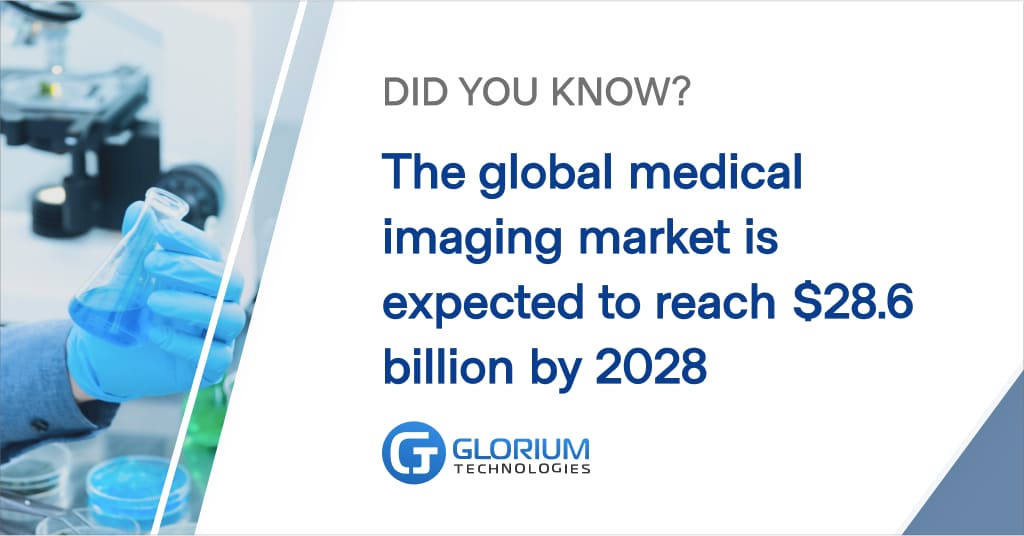
Content
If previously medical imaging was mostly reliant on scanning device sensors, now the industry is moving towards AI-enabled solutions to compress images and produce results faster. There is even a growing interest in cloud solutions for medical imaging data storage.
As a result, the healthcare industry, like many other industries, has become more open to the idea of storing and sharing information on the cloud rather than using on-premises servers.
Artificial intelligence is also responsible for breakthroughs in diagnostics by highlighting suspicious findings and detecting potential problem areas that typically pass unnoticed.
With high-resolution imaging and algorithm-backed assistance, doctors are now able to spot details that were traditionally extremely hard to detect. Technology not only acts as a driving force throughout the healthcare industry, but it also plays a major role in disease prevention and diagnostics.
Medical imaging standardization plays a critical role in the healthcare industry. With many scanning devices and volumes of imaging data to deal with, having a unified standard to facilitate data sharing, storing, and interpretation is imperative.
Let’s take a closer look at the most common medical imaging standards.
As 3D imaging remains a central method for disease diagnosis, the growth and development of this healthcare sector is extremely important.
Thanks to modern 3D visualization tools, cloud computing, imaging software solutions, augmented reality, and artificial intelligence, the evolution of medical imaging technology is truly limitless.
3D visualization technology is capable of producing high-quality images thanks to multidimensional visualization that combines multiple scanning layers to create a more complete and versatile image.
The ability to visualize images in 3D has multiple applications throughout medical imaging, including MRI, CT, CTA, ultrasound, mammography, and more.
Artificial intelligence is one of the most promising tools when it comes to enhancing the medical imaging sector of the healthcare industry. In fact, AI (in the medical imaging market) is projected to grow from $21 billion to $264.85 billion by 2026.
By processing multiple scans at once, learning technology can be used to detect patterns that contribute to faster decision-making.
Additionally, AI-enabled software can also be used to produce reports and analyze important data from radiology information systems (RIS) and PACS systems.
With the help of AI guidance, radiologists can better set up scanning machines to speed up the examination process.
Generally speaking, this technology allows for a more personalized approach to treatment, including reduced radiation doses and the segmentation of patients by priority.
Smart algorithms determine the most optimal way to conduct CT or MRI scanning to transform low-quality images into high-quality scans. Most importantly, AI software increases the accuracy rate when it comes to diagnosing diseases.
For example, Google’s DeepMind software can process 3D retinal OCT scans and detect 50 different ophthalmic conditions with an accuracy rate of 99%.
Augmented and virtual reality tools have many useful applications in medical imaging. Essentially, radiology and surgery are two healthcare branches that are heavily connected and interdependent.
As such, surgeons rely heavily on scans and the diagnoses of radiologists to perform manipulations and execute treatments. AR and VR technology provides doctors with advanced 3D image visualization throughout the operation process.
For instance, the AR-based pre-surgical planning solution, Novarad’s OpenSight AR system, which is also U.S. Food and Drug Administration (FDA) approved. It uses a virtual tool that projects a 3D hologram onto a patient’s body and allows surgeons to find their targets faster and with more accuracy.
Digital twin technology refers to creating a copy of a 3D visualization of a subject to see how an activity or specific treatment would affect a tumor, tissue, or organ without actually testing on a real subject.
This allows clinicians to effectively test required manipulations and treatments before actually executing them on patients.
Healthcare companies like Siemens and Philips are actively working on developing digital twin technology for medical imaging.
To date, it has proven to be a promising testing environment that has helped enhance diagnostics accuracy and forecast treatment efficiency in a similar fashion as AI-enabled technology.
The healthcare industry is evolving and growing faster than ever, taking with it the sector of healthcare imaging. As such, 3D visualization, artificial intelligence, AR, digital twin technology, and cloud computing are imperative for the successful evolution of medical imaging.
Considering how the modern healthcare industry relies more and more on 3D medical imaging and how open they are to embracing innovation, software development for healthcare imaging equipment is a promising and untapped niche.
As the latest trends predict, software providers that build imaging software solutions focusing on security, integration, and personalization will have a competitive advantage in the health tech market.
Having a reliable software development partner by your side is the first step to building a successful medical imaging solution.
With more than 10 years of industry expertise, Glorium assists startups, helping them get to market quickly and stay ahead of the competition with superior service and tailored solutions.
By nurturing your ideas from concept to launch, our dedicated team helps bring your ideas to life. Learn more about our healthcare software and application development solutions today.


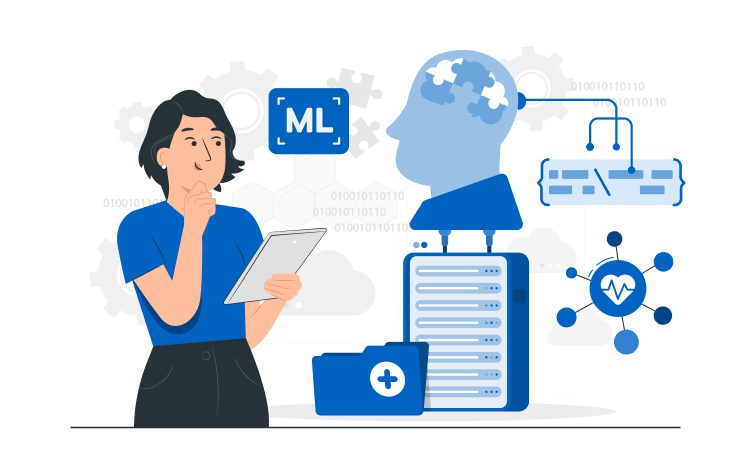
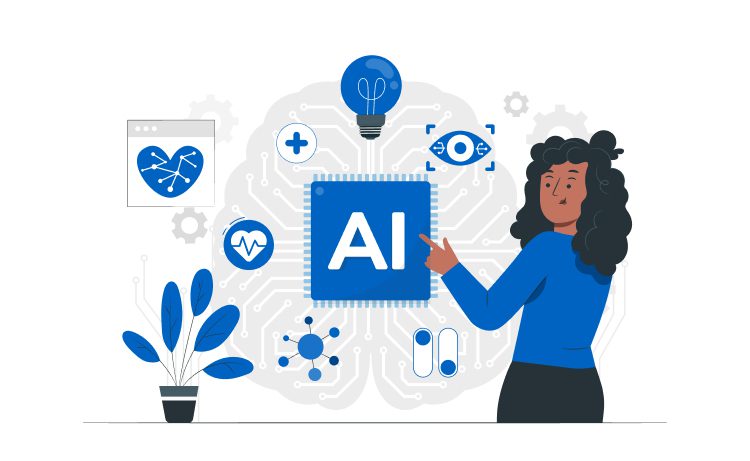

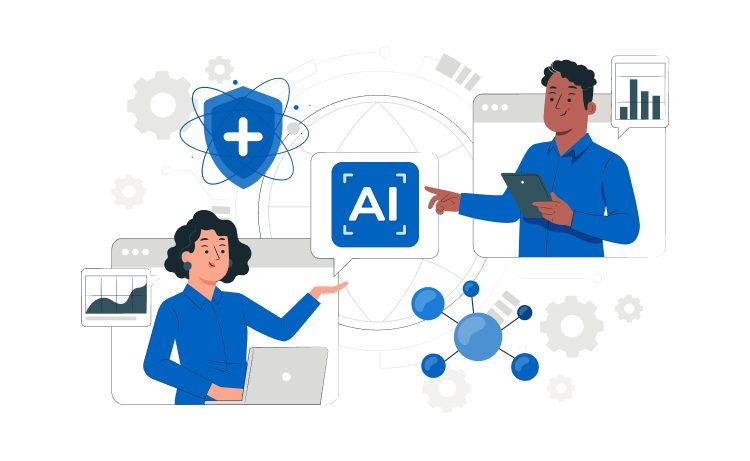


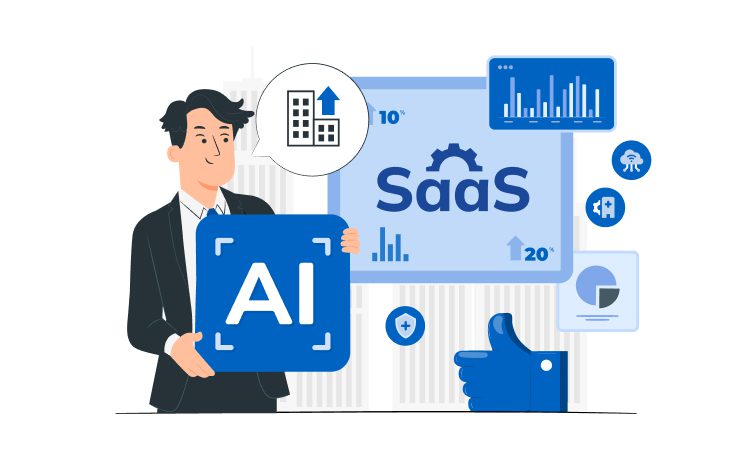
| Cookie | Duration | Description |
|---|---|---|
| cookielawinfo-checkbox-analytics | 11 months | This cookie is set by GDPR Cookie Consent plugin. The cookie is used to store the user consent for the cookies in the category "Analytics". |
| cookielawinfo-checkbox-functional | 11 months | The cookie is set by GDPR cookie consent to record the user consent for the cookies in the category "Functional". |
| cookielawinfo-checkbox-necessary | 11 months | This cookie is set by GDPR Cookie Consent plugin. The cookies is used to store the user consent for the cookies in the category "Necessary". |
| cookielawinfo-checkbox-others | 11 months | This cookie is set by GDPR Cookie Consent plugin. The cookie is used to store the user consent for the cookies in the category "Other. |
| cookielawinfo-checkbox-performance | 11 months | This cookie is set by GDPR Cookie Consent plugin. The cookie is used to store the user consent for the cookies in the category "Performance". |
| viewed_cookie_policy | 11 months | The cookie is set by the GDPR Cookie Consent plugin and is used to store whether or not user has consented to the use of cookies. It does not store any personal data. |